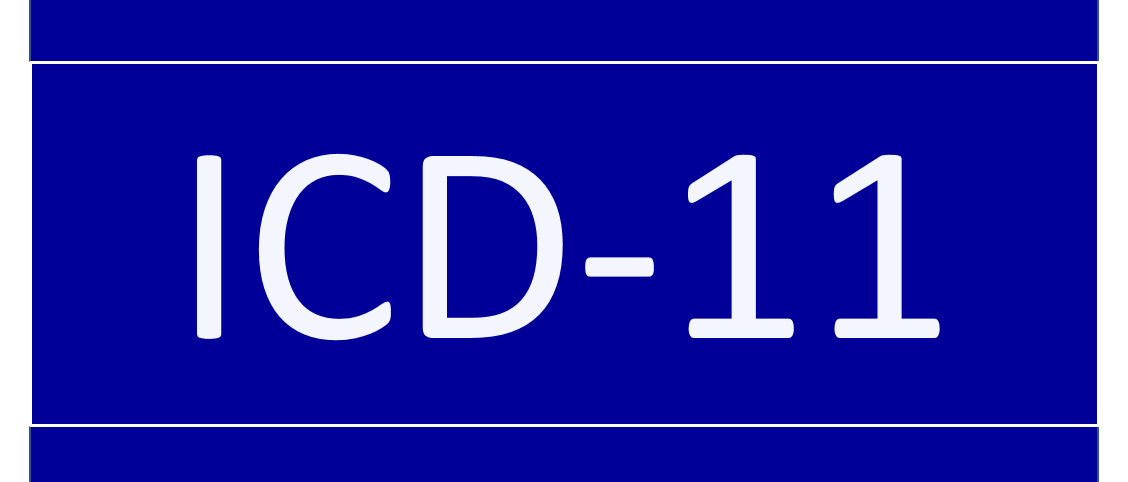
Choose a channel
Check out the different Progress in Mind content channels.

Progress in Mind

The new ICD chapter on mental health and behavioral disorders is designed to offer guidelines to clinical assessment. It is not intended to impose criteria for diagnosis such as number and duration of symptoms. Field studies show that this clinician-friendly tool is no less reliable than more prescriptive systems; and users rate it highly for clinical utility. Both findings are welcome news, the World Congress of Psychiatry was told.
The process of designing the new International Classification of Diseases (ICD-11) from the World Health Organization (WHO) began in 2011. After multiple rounds of development, review and refinement, the near-final version was released in June 2018; and the final version should be ratified by the World Health Assembly in May 2019. Even so, to allow time for member countries to adjust, it will not come into effect until 1 January 2022.
Field studies show that this clinician-friendly tool is no less reliable than more prescriptive systems; and users rate it highly for clinical utility
The chapter on Mental and Behavioral Disorders has undergone as lengthy a gestation as any other element of the new ICD. Field trials have been undertaken before completion, to refine the development process. But how well does the new ICD mental health chapter work in practice?
Data on perceived clinical utility derived from around 3000 users seeing patients in real clinical settings were reviewed by Maria Elena Medina Mora, National Institute of Psychiatry, Mexico City. Eighty-four percent of respondents judged ICD-11 “quite good” or “extremely good” in terms of ease of use; 83% judged it “quite good” or “extremely good” in accuracy of description; and 84% gave similarly encouraging ratings for the tool being clear and understandable.1
Attention to clinical utility during guideline construction has paid off
Seventy-four percent thought the mental health chapter “quite helpful” or “extremely helpful” in assessing treatment; 76% thought it similarly good in establishing a boundary between normality and disorder; and 78% were happy with its ability to distinguishing between the disorder exhibited by the patient and other possible disorders. Rated utility was slightly lower for depressive disorders than for schizophrenia.
78% were happy with its ability to distinguishing between the disorder exhibited by the patient and other possible disorders
At an earlier stage in evaluation, the consistency of the diagnostic judgements facilitated by the new chapter was tested in internet studies conducted via the Global Clinical Practice Network and described by Geoffrey Reed, WHO Department of Mental Health and Substance Abuse, Geneva, Switzerland.
The consistency of diagnostic judgments made with ICD-11 was compared with ICD-10 and in almost all areas showed improved reliability
In essence, standardized case material was presented to experienced clinicians and the extent of their agreement assessed. Reasons for arriving at a particular diagnosis were explored, along with areas that were found confusing and capable of inconsistent interpretation. More than 15,000 healthcare professionals took part. The consistency of diagnostic judgments made with ICD-11 was compared with ICD-10 and in almost all areas showed improved reliability. In the case of PTSD, for example, diagnostic agreement occurred in 77% of cases when clinicians used ICD-10 and in 82% of cases using ICD-11.
Assessing where normality ends and psychopathology begins is always difficult, especially across cultures
Oye Gureje, University of Ibadan, Nigeria, is co-chair of the ICD-11 Culture Working Group, and was asked to consider whether the new system takes full account of cultural factors.
Any classification of disorders is embedded in the culture in which it is formulated, he said. In the case of psychiatry, this is essentially Western Europe and North America. Given the lack of validating biological attributes, and the dimensional nature of most of psychiatry’s constructs, the question of where normality ends and psychopathology begins is always going to be difficult.
The process of developing ICD-11 deserved praise for the extent to which it embraced diversity, he commented. Although it does not provide all we need to know when making culturally informed decisions; . the cultural guidance it offers to those seeking to interpret its diagnostic categories is helpful.
1 Reed GM et al. World Psychiatry 2018; 17:306-15.